Nine Tests to find out if the Diamond is Real or Fake!
 A woman's most desired jewelry item is a diamond. It not only places her higher in her society but can also carry an emotional value to the owner. However, a diamond has to be real if it is going to adorn your jewelry collection. The question is which diamond is real and which is fake? So if you are going to buy a diamond ring make sure you ask the jeweler to remove the stone from the ring to gauge its authenticity. Cate and Chloe present a shopper's guide to help determine whether the diamond is fake or real.
A woman's most desired jewelry item is a diamond. It not only places her higher in her society but can also carry an emotional value to the owner. However, a diamond has to be real if it is going to adorn your jewelry collection. The question is which diamond is real and which is fake? So if you are going to buy a diamond ring make sure you ask the jeweler to remove the stone from the ring to gauge its authenticity. Cate and Chloe present a shopper's guide to help determine whether the diamond is fake or real.
Diamond Tests
Water Test: Take a glass of water that is ¾ full. Gently drop the diamond stone into the glass. A real diamond would sink to the bottom of the glass, but a fake one may float at either the surface or somewhere in-between. If it floats, you have a fake diamond.
Fog Test: Another one like the Water Test is the Fog Test. Hold the diamond between your fingers and release a puff of air from your mouth. A fog will form on the diamond. If the fog goes away soon enough, it is a real diamond, but a fake diamond would take more time for the fog to dissipate.
The Loupe Test: A loupe is a small device used for magnification purposes to see the minute details that are otherwise not visible to the eye. If you don’t have a loupe, you can buy one from some online store. A diamond professional generally has one such loupe. Using this one can determine whether the diamond is properly structured or not. If it is not properly structured, you are looking at a real diamond.
The Transparency Test: Take a soft and clean piece of cloth to rub away any dirt on the diamond and make it clean. Next, place it on a newspaper having a lot of letters on it. Now make use of bright lightning but ensure that no objects cast any shadow on the newspaper. Try reading the letters in the newspaper. If you are able to do so, the diamond is a fake. A real diamond would refract the light in multiple directions making it impossible to read those letters.
The Fire Test: This is one of the best tests to ensure the authenticity of the diamond. Take a lighter and burn the diamond for about 40 seconds. Now immediately put the heated diamond into water. A fake diamond would shatter to pieces due to expansion and contraction. A real diamond is not affected by the heat caused by the fire as it is formed under a lot of pressure and heat underground. However, ensure that you have security measures in effect before you use the fire test, as fire could be dangerous in certain cases.
Sparkle Test: Anybody can do it and no device is required to perform this test. Simply hold the diamond under a lamp. See how the light reflects from the diamond. You might notice bright sparkles of white light emanating from the diamond. Diamonds can reflect any colour of light white or not. However, the way they reflect the light differs drastically and the same is easily noticeable.
Testing with the Magnifying Glass: Look for imperfections in the stone using a magnifying glass. If you are unable to notice any imperfections then you are having a stone in your hand, not a diamond. Still a diamond that has qualified as fake need not be thrown away. Such diamonds carry a very high-price and have been created in the labs as flawless diamonds.
Scratch Test: This test is not foolproof. Scratch the gemstone along a mirror. Check what has been scratched, the mirror or the stone. If the mirror is scratched then the gem is a genuine one. The problem, however, is that a number of gemstones these days are scratch-proof and this test may fail as such.
Check the Diamond Mount: This is a great test. The ring that mounts the stone will have markings that indicate the type of the stone such as PT for Platinum, and 10K,14K,18K for the type of gold used. But if you come across a C.Z then you are holding a Cubic Zirconia and not a real diamond in your hands.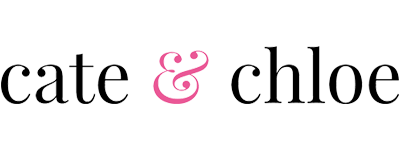


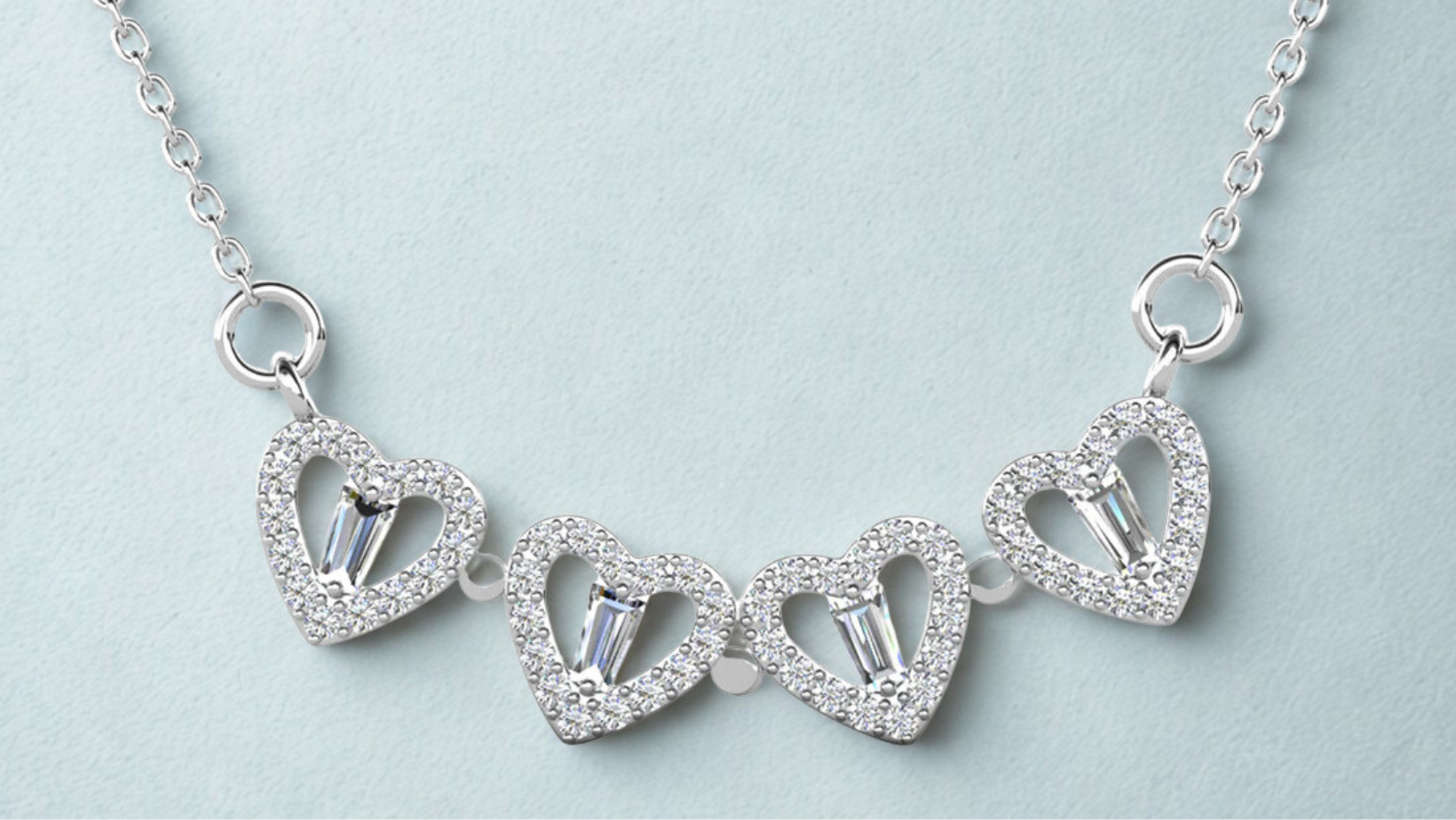
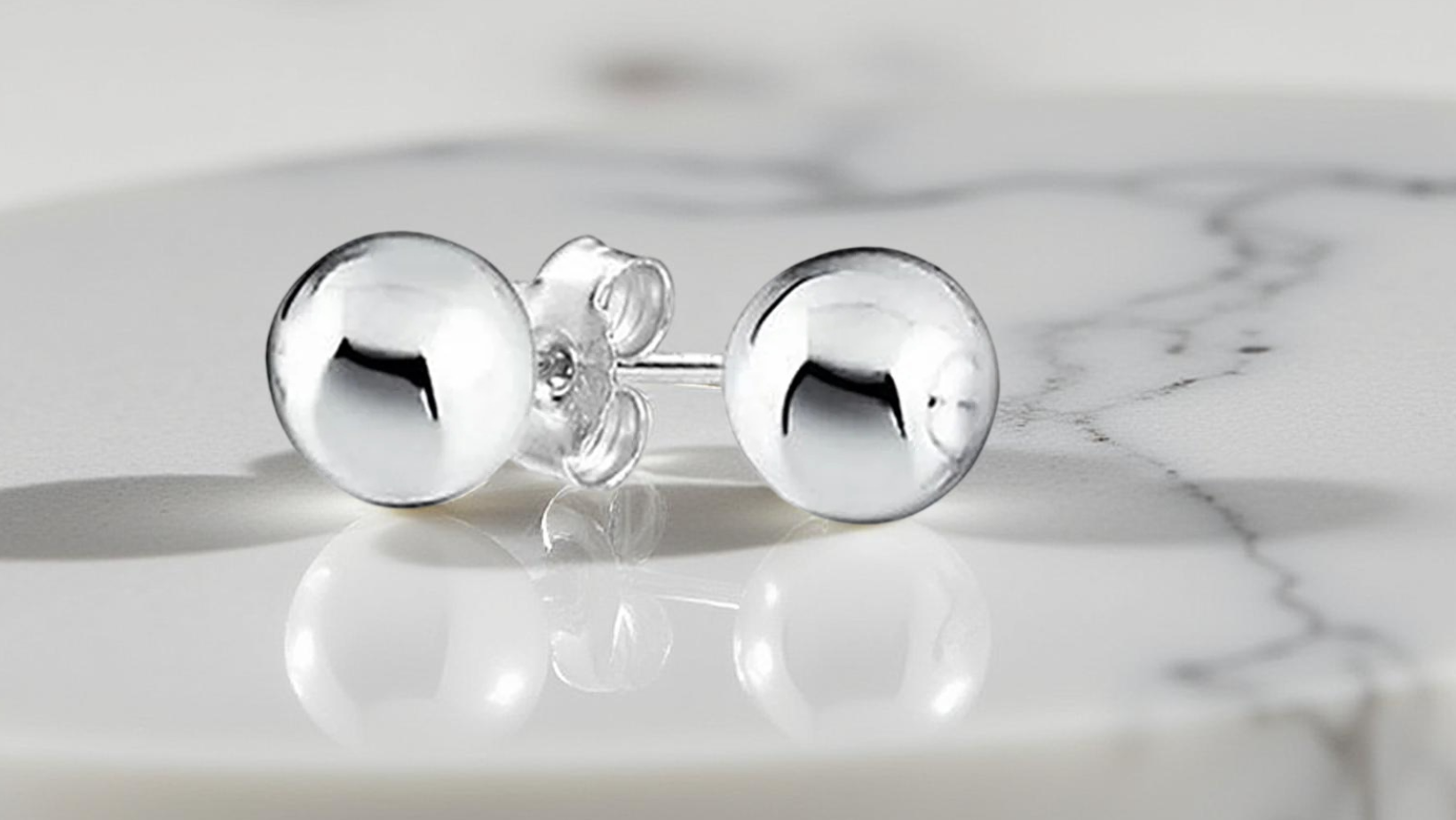

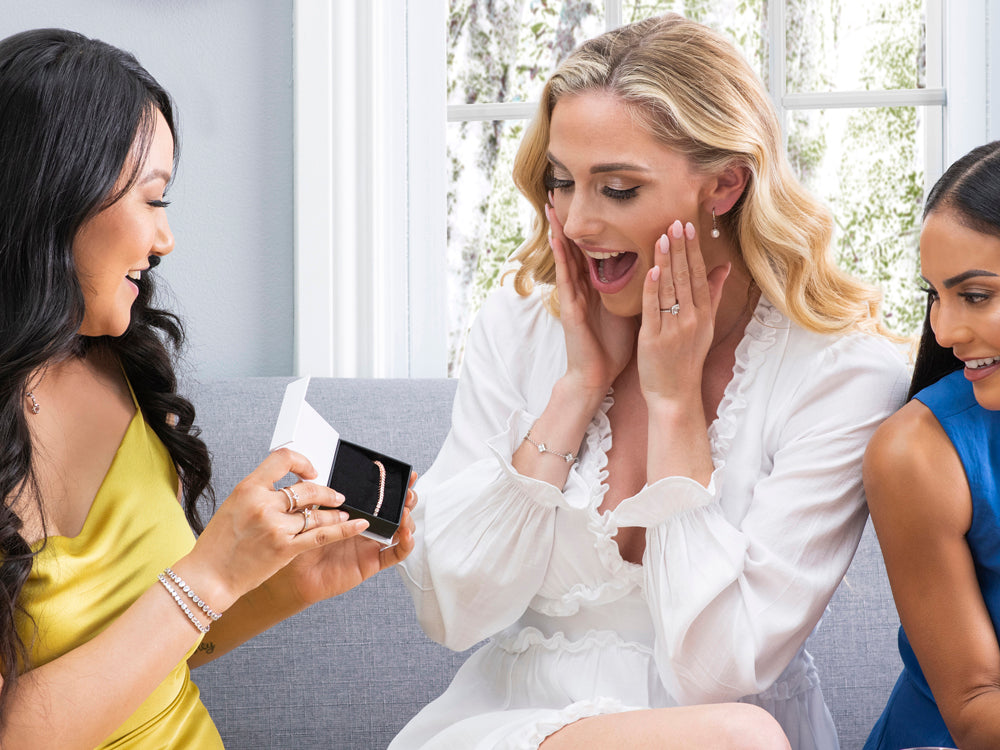


Leave a comment